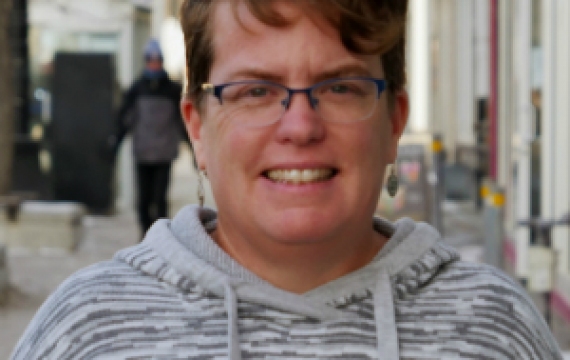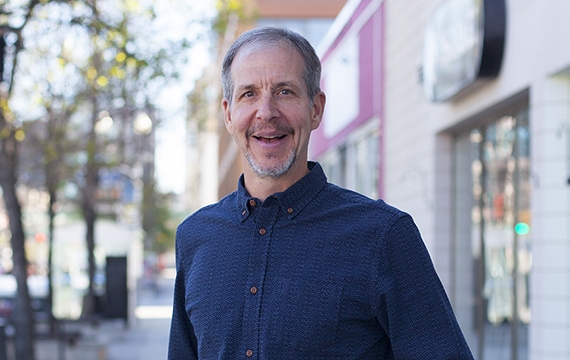
Understanding women’s wellbeing in South Africa requires study of local level data

United Nations reports suggest high levels of wellbeing for women in South Africa. However, the data represents the experience of only some women in the country, according to research by Menno Simons College (MSC) student Lauren Milne.
Milne, an honours International Development student, recently had her thesis published in The Undercurrent, the Canadian undergraduate journal of development studies.
Her thesis looks at the wellbeing of women in South Africa and the two gender inequality measurements that the United Nations uses – the Gender Development Index (GDI) and the Gender Empowerment Measure (GEM).
South Africa ranks 109 out of 182 countries in the GDI, which measures gender inequalities in the areas of life-expectancy, education, and income. GEM assesses women’s political and economic participation and their decision making power. South Africa ranks 26 out of 182 countries in the GEM.
Milne spent three months on a practicum assignment in Cape Town, South Africa. She volunteered with a legal aid organization and worked with women in townships to increase awareness of their rights.
Milne found that the experiences of the women she met didn’t match the high ranking that the GEM indicates. “When you look at the measures, such as employment in parliament or top managerial positions, these are things women wouldn’t achieve in daily life,” she says.
Milne discovered that while the GEM indicates a high level of wellbeing for women in South Africa, the type of income studied in both the GEM and GDI represents only urban income in the formal sector and reflects a non-agricultural wage. The national statistics that are used in the report represent only a portion of the population.
“Most women live in rural areas,” says Milne, “where unemployment is very high and many participate in the informal economic sector or are farmers.”
Her suggestions for improving these measurements are to “use local level statistics and gather income information from men and women in the informal sector and in rural areas.”
Dr. Jonathan Sears, Assistant Professor of International Development Studies at MSC, worked with Milne to develop her thesis for publication. As part of the honours thesis course, Milne’s paper was reviewed by Dr. Sears, a fellow student, and a second MSC faculty member.
“Lauren went above and beyond in terms of taking the assignment from the course and reworking it for submission to The Undercurrent,” says Dr. Sears. “She undertook an original interpretation of two indices that are a significant representation of how development works,” he says.
While Milne argues the two measures could be improved in some ways, her research also identified their strengths. The GDI classifies access to education, which shows the connection between higher education levels and increased employment and income for women. The GEM includes the percentage of females in technical, professional, administrative, and management positions.
Milne concludes that these measurements, while helpful in some aspects, overall provide an inaccurate picture of the reality of women in South Africa.
“It’s important to take the time to look at what indices actually measure and see if it translates to what is happening on the ground at the local level,” she says.
Ellen Paulley is the Writer and Social Media Coordinator for Menno Simons College
Milne’s thesis, “The Gender Development Index and Gender Empowerment Measure: An Analysis of Strengths and Limitations in The Context of South Africa,” was published in the Fall/Winter 2013 issue of The Undercurrent. It can be read online here: http://undercurrentjournal.ca/wp-content/uploads/2014/03/Undercurrent-Issue-Fall-Winter-2014-3.pdf




